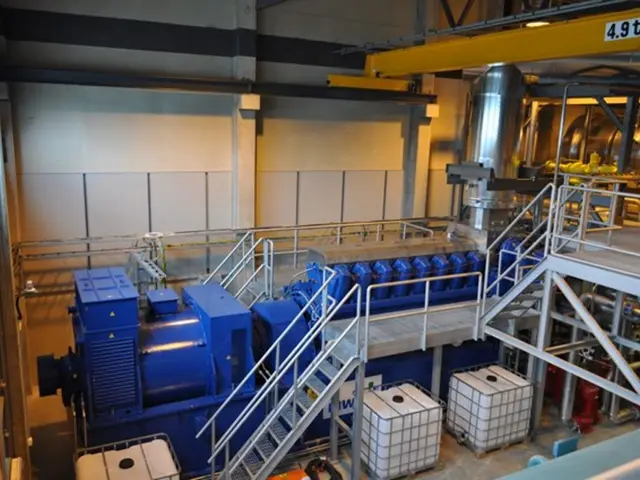Utilizing Technology for Student Knowledge Evaluation
In the final instalment of our three-part series on leveraging technology in education, we delve into the realm of technology-enhanced assessments. This innovative approach not only brings excitement to the learning process but also provides a dynamic platform for demonstrating student knowledge.
Using tech tools like infographics and mind maps enables rich, visual student expression. Infographics, digital tools for sharing large amounts of information in small, creative chunks, allow students to synthesize complex information into eye-catching visual summaries, showcasing their grasp of key concepts and data relationships. Mind mapping, a brainstorming activity, can be done using technology such as Popplet, helping students organize ideas and illustrate connections between topics, revealing their depth of comprehension beyond traditional tests.
Demonstrations, recorded or livestreamed using apps that support video sharing, offer an engaging way for students to explain or model what they have learned. Short videos created using apps like Zigazoo make abstract concepts concrete and engaging for both peers and teachers. Social media platforms like TikTok and Pinterest offer creative avenues for students to share learning outcomes. TikTok's format encourages brief, focused video content that can explain ideas in a fun, accessible way, while Pinterest can be used as a digital portfolio or mood board where students curate resources, visuals, and project work to reflect their understanding and creativity.
Technology-enhanced assessments integrate interactive tools, such as gamified quizzes and collaborative platforms like Google Workspace or Canva for Education, to provide real-time insights and peer feedback. These tools make assessment both dynamic and student-centered, offering authentic, formative, and summative assessment pathways that capture varied student skills beyond traditional testing.
For instance, students can use Lucidchart to create diagrams, such as parts of the human body in a science class or a hierarchical diagram of governmental officials in a history class. Pinterest can be utilised to demonstrate understanding of measurement equivalents, such as finding pictures of objects with the same weight equivalence.
Parameters can be set for infographic content, while also allowing for student creativity. Tools like Canva, Adobe Express, and Visme are available for creating infographics, with templates for students to use. These tools provide a balance between structure and freedom, ensuring that assessments are both meaningful and engaging.
In summary, using tech tools like infographics and mind maps enables rich, visual student expression; demonstrations via short videos engage multimedia skills; and platforms like TikTok and Pinterest leverage social sharing to broaden and deepen how learning is showcased and assessed. These methods offer authentic, formative, and summative assessment pathways that capture varied student skills beyond traditional testing.
To delve deeper into the first two articles in this series, 'Leveraging Technology to Support Lesson Creation and Instruction' and 'Leveraging Technology to Better Engage Learners in Lessons', please refer back to those pieces. Embracing technology in education not only enhances instruction and engagement but also provides a fresh, exciting approach to assessment.
A teacher can use digital tools like Canva, Adobe Express, and Visme to help students create engaging infographics for assessment, promoting visual student expression. Students can use gamified quizzes and collaborative platforms like Google Workspace or Canva for Education to demonstrate their learning, providing real-time insights and peer feedback. Using a platform like TikTok, students can create short, focused video content to explain abstract concepts in a fun and accessible way. By using Pinterest as a digital portfolio, students can showcase their understanding of various topics by curating resources, visuals, and project work.




